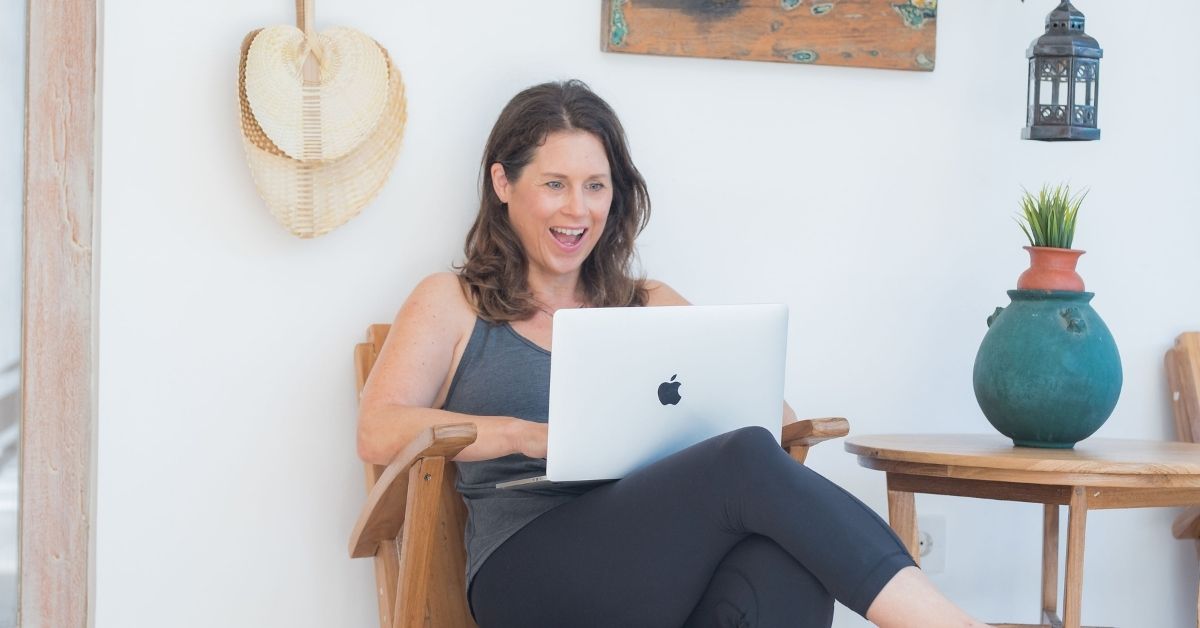Your website is the key to your success online and it pays to put in some effort (and budget). But when you are just starting out there is nothing wrong with keeping it simple. You still want to make sure to avoid these mistakes on your website though:
5 Mistakes To Avoid On Your Yoga Website
1. Assuming your visitors know where you are based
Let’s say you have a blog and someone stumbled on one of your posts through social media. Great! Now this visitor sees that you are offering a workshop and is interested. Even better! But – wait. There is no information in what city or country the workshop takes place. What do you think, will the interested visitor search your website for your address? Probably not. Don’t assume that every visitor knows you already and is from the same city. It’s a big, big world, let people know where you are based.
2. Supersized or extra small images
Your website should always include images. Maybe you even have some great pictures of you doing an advanced yoga pose. Don’t hesitate to post them on your website! But make sure that the image file size is appropriate for your website. Anything bigger than 300kb should be optimized. Most images should be much smaller. On the other hand, you shouldn’t have low resolution, pixel-filled images on your website where it’s hard to see what’s actually on the picture too.
3. Forgetting about mobile
More and more people use smartphones and tablets when searching online. Mobile not only matters, it’s essential these days, and if your website doesn’t appear properly on a mobile screen, you are missing out on a huge piece of the pie. So please make sure that your website is responsive, so it looks nice when viewed with a smartphone.
4. Too much clutter
Having too much content on your website can cause it to appear cluttered, just like a room full of yoga mats, blocks and other props scattered around doesn’t invite calmness. Visitors expect clear, concise and correctly formatted text. They will leave quicker than you can chant OM if they need to read through an entire paragraph with text in different colors, fonts and sizes before arriving at your point. Scrutinize every item on your website and ask yourself if it really needs to be there. And please – make sure there are no spelling mistakes.
5. Creating a blog separate from your main website
I’ve done this too back when I had no idea of SEO… Now I know better – and so should you. The reason people usually do this is that their main website is difficult to update and blogging platforms like Blogger are simple to set up and use. But this setup is not only confusing for your visitors, it’s also very bad SEO. By adding the blog as part of your main website, you can use it to help build the search rankings for your entire website.
